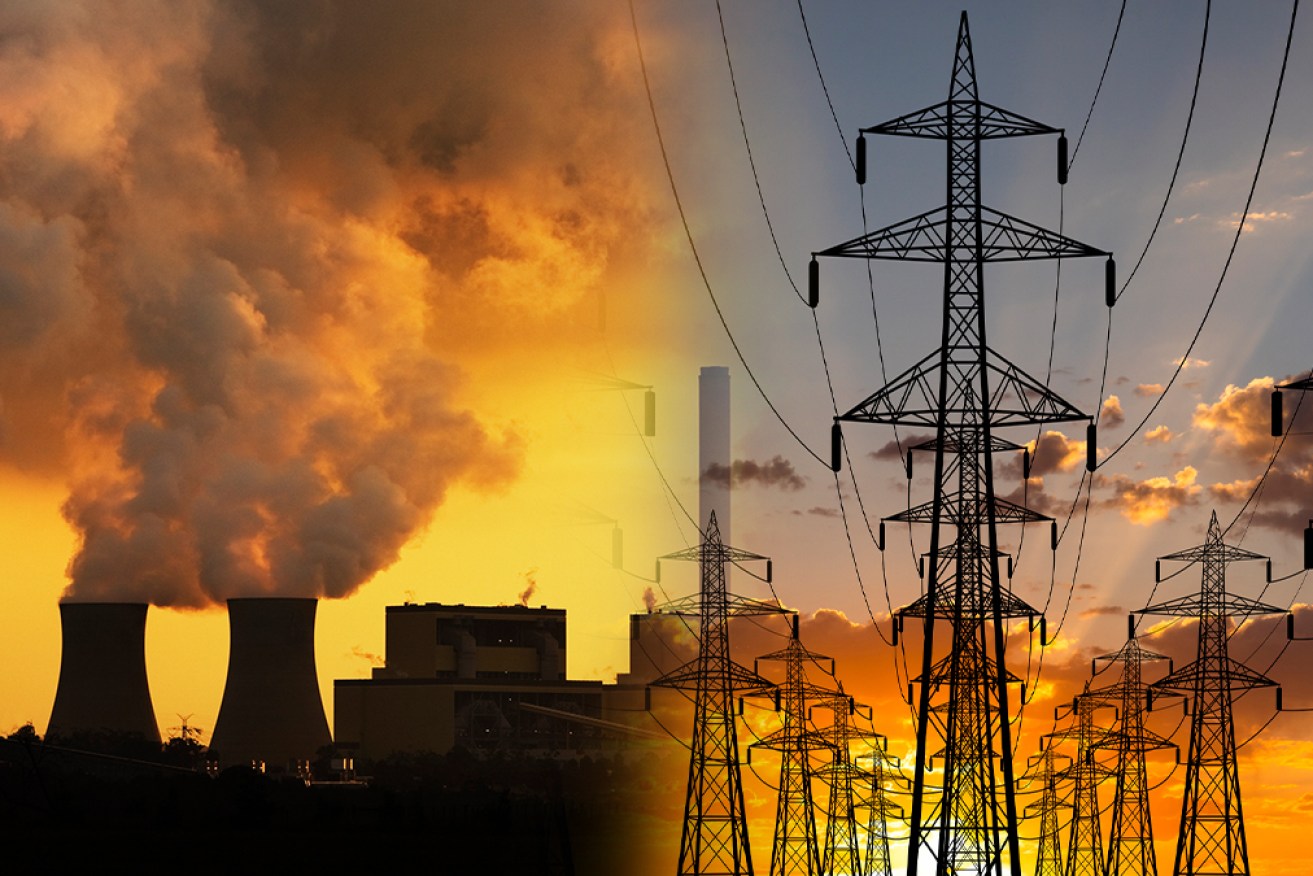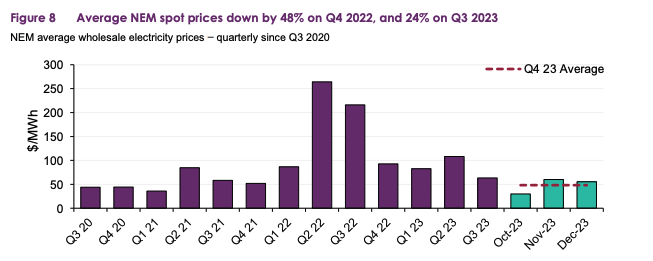‘Undeniably positive’: Electricity bill relief on the horizon as renewables drive down wholesale costs


Wholesale power prices have continued to soften as renewables pick up. Photo: Getty/TND
Australians can look forward to lower electricity bills later this year as a surge in renewables generation helps push down wholesale costs across the national grid, new data has revealed.
Figures published on Thursday by the Australian Energy Market Operator (AEMO) showed that wholesale electricity prices averaged $48 per megawatt hour (MwH) in the last three months of last year.
That’s about half the price seen in the December quarter of 2022 after a market crisis was sparked by soaring commodity prices and outages of key generators.
AEMO chief executive Daniel Westerman said the increased role of low-cost renewables across the grid is a key reason prices have come down from earlier highs.
“More low-cost renewable energy was generated and wholesale energy prices have fallen – a record number of times to zero, and beyond, into negative territory,” he said.
The figures are good news for households that have struggled with soaring power bills over the past year as regulators and retailers alike have passed huge price increases on to households.

Source: AEMO (click to enlarge).
Experts have said that if the trend of falling wholesale prices continues Australians can look forward to relief at the end of the financial year (July 1) after the Australian Energy Regulator (AER) uses the latest wholesale data to decide on regulated electricity prices.
Grattan Institute energy program director Tony Wood said that unless something “spectacularly bad” happens in the next few months, households should see some power bill relief soon.
But how much will ultimately depend on the balance between factors such as wholesale prices, network and retailer costs, as well as costs associated with the renewable energy target.
“It’s undeniably positive,” Wood said of the trend for wholesale prices.
“Last year we saw 20 to 25 per cent increases, which were pretty painful,” Wood explained.
“Most of that was to do with higher prices that had to be passed through from the previous year … you’d expect that not to occur again.
“On its own that should mean effectively not just no increase but actually a decrease in retail prices.”
The Australian Energy Regulator is already studying how wholesale prices are changing as it prepares a draft determination on the default market offer (DMO) for the next financial year.
The prospect of a lower regulated price, which will directly benefit a minority of Australians, should also have a flow-on effect to market prices charged by retailers, Wood explained.
That’s because retailers have an obligation under legislation introduced by the former federal government to pass through cost reductions to households.
In practice, that means most market offers should follow the default offer and become cheaper.
The big factors that have helped push down wholesale electricity prices include a reduction in commodity costs, particularly gas, and an increasing role for renewables across the national grid.
Westerman explained that renewables are increasingly pushing power prices to zero in the middle of the day, with the potential for new storage technologies to expand that window.
“We are regularly seeing records set for the higher contribution of renewables, and lower levels of energy drawn from the grid because of rooftop solar,” he said.
“As our coal-fired generators retire, renewable generation, batteries, hydro, new gas-fired power plants, and new transmission will power our homes and businesses.”








